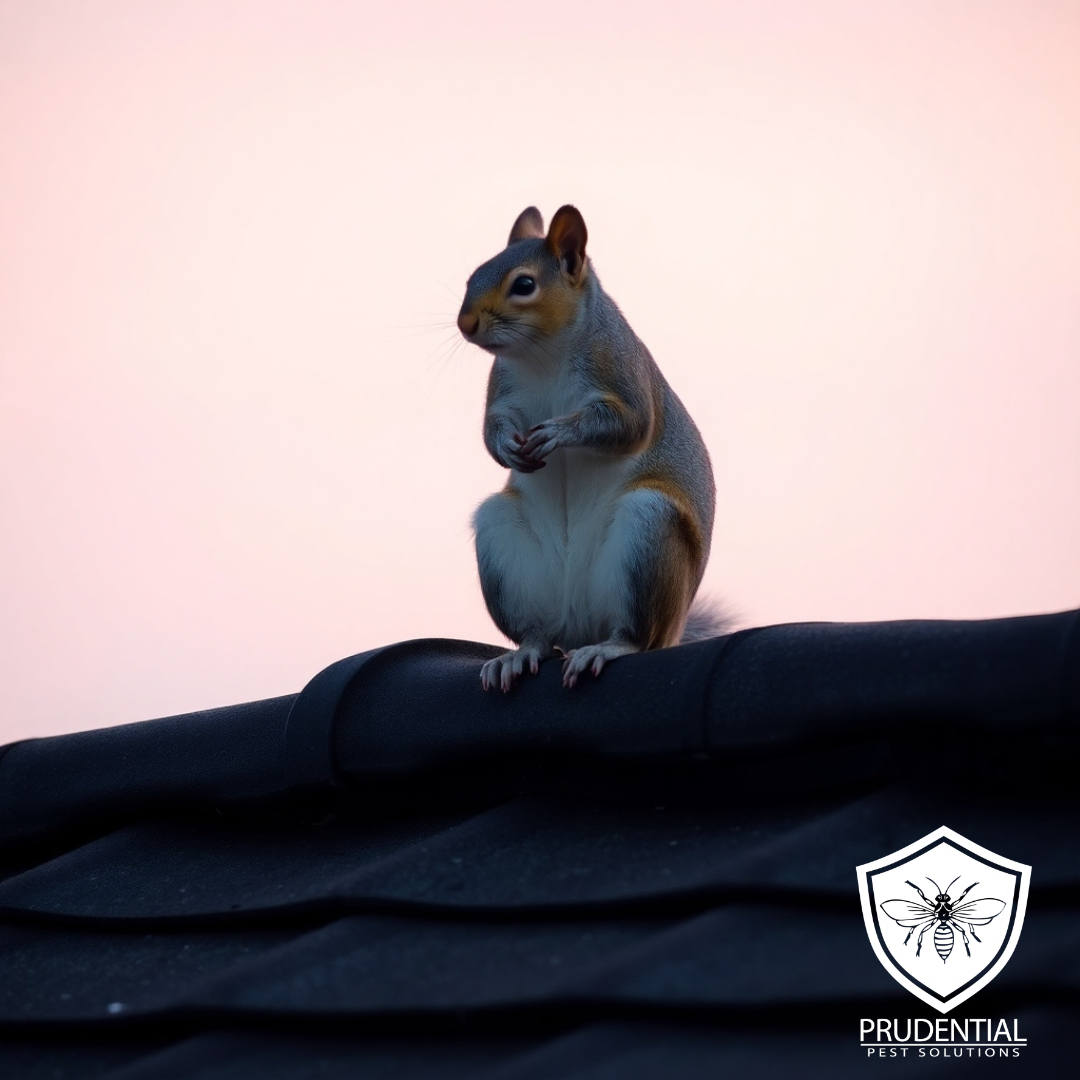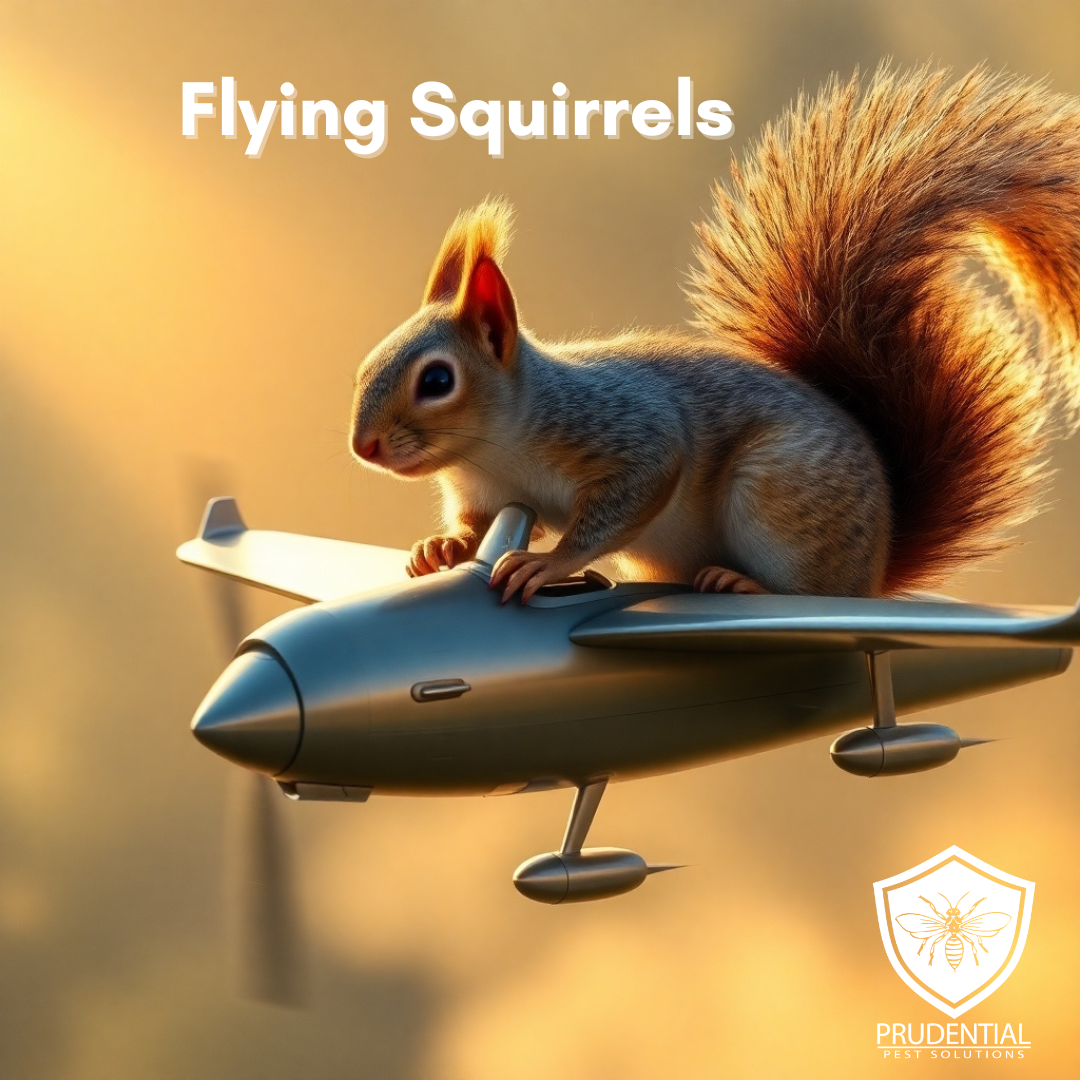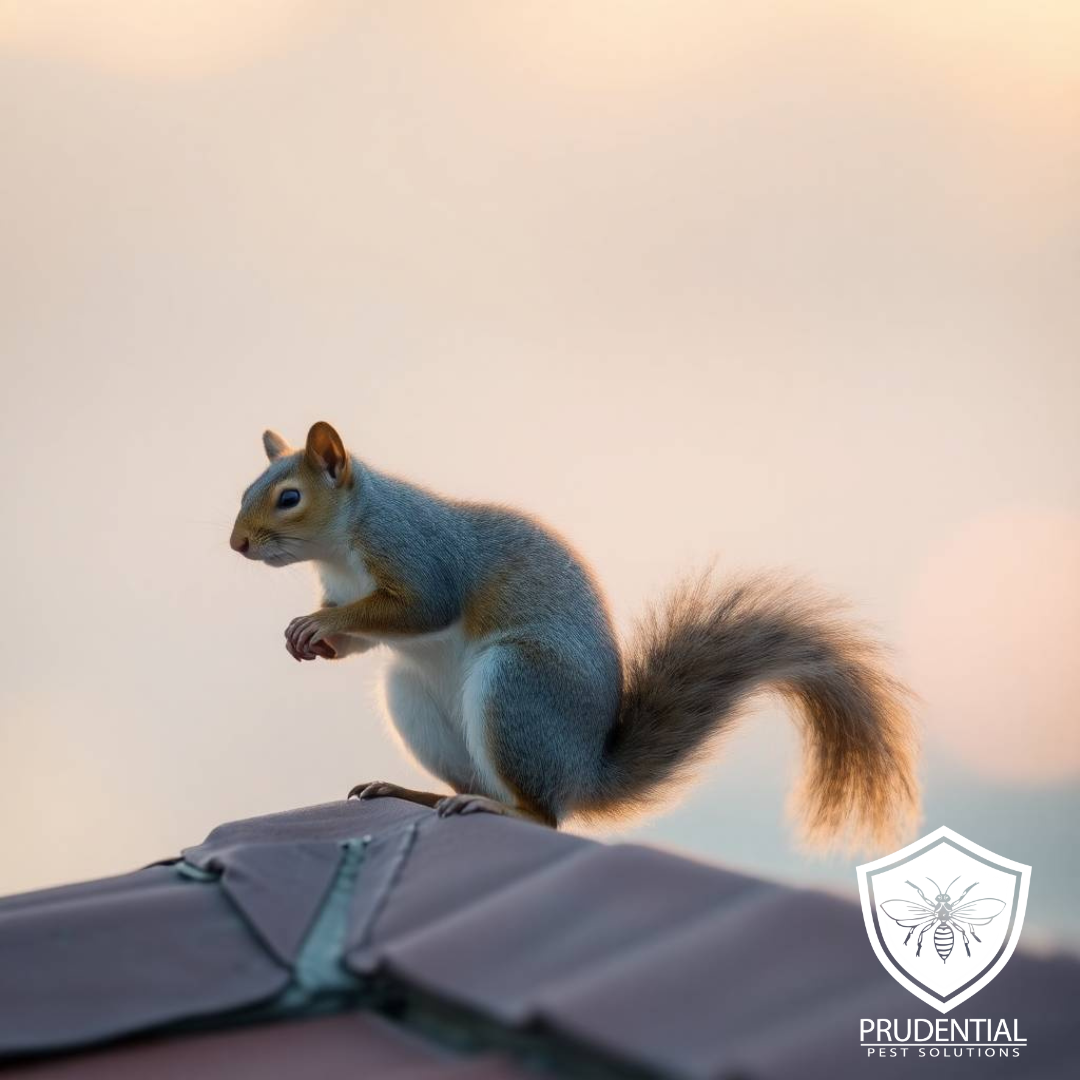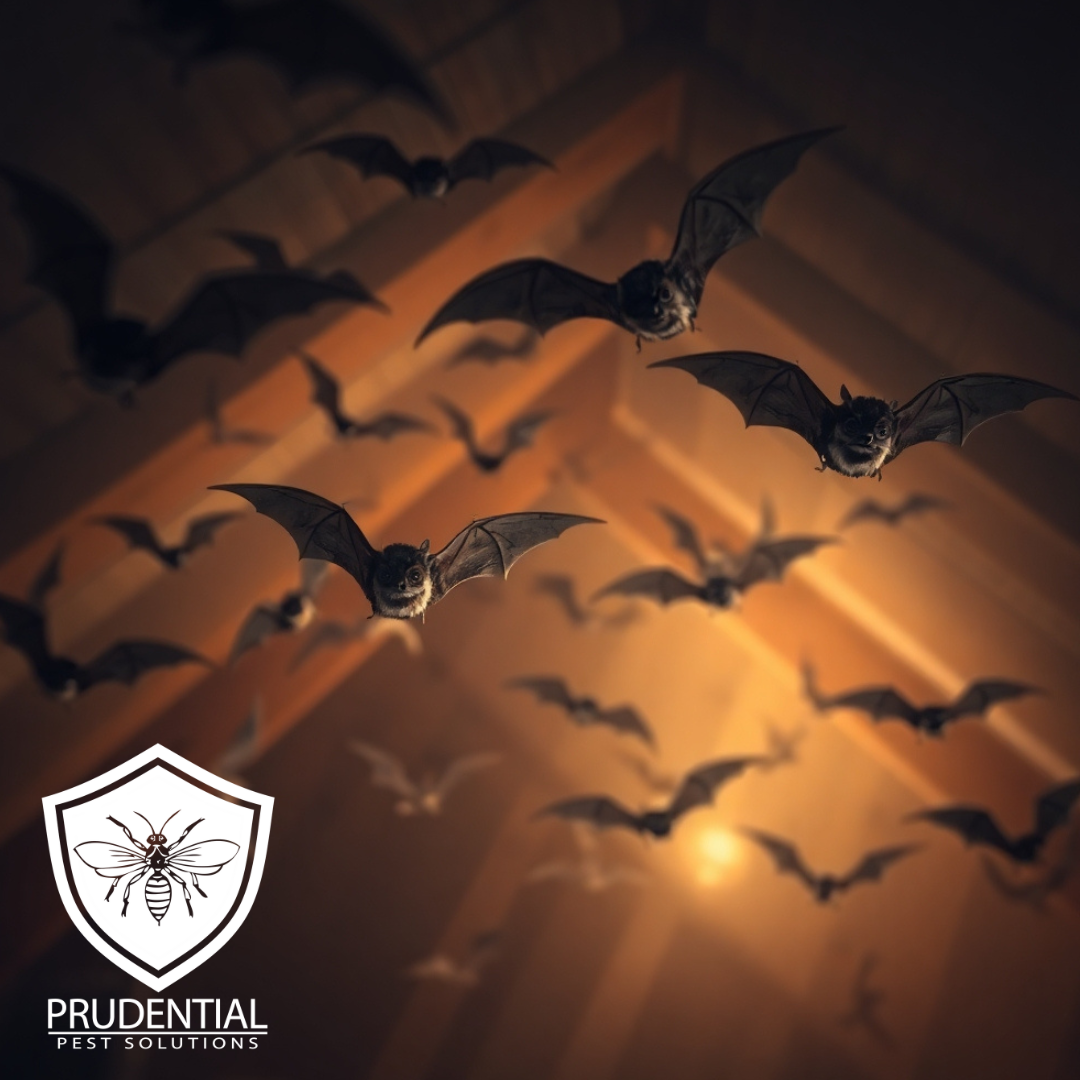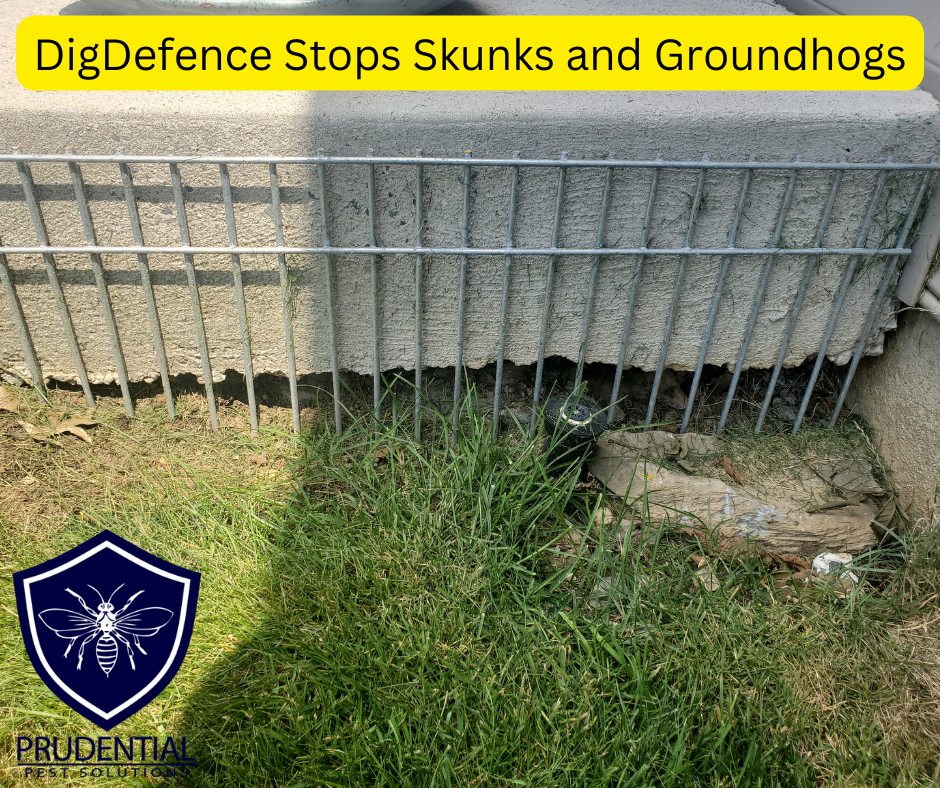
How to prevent animals under your shed
Wild animals, such as groundhogs, skunks, raccoons, and others, can take[…]
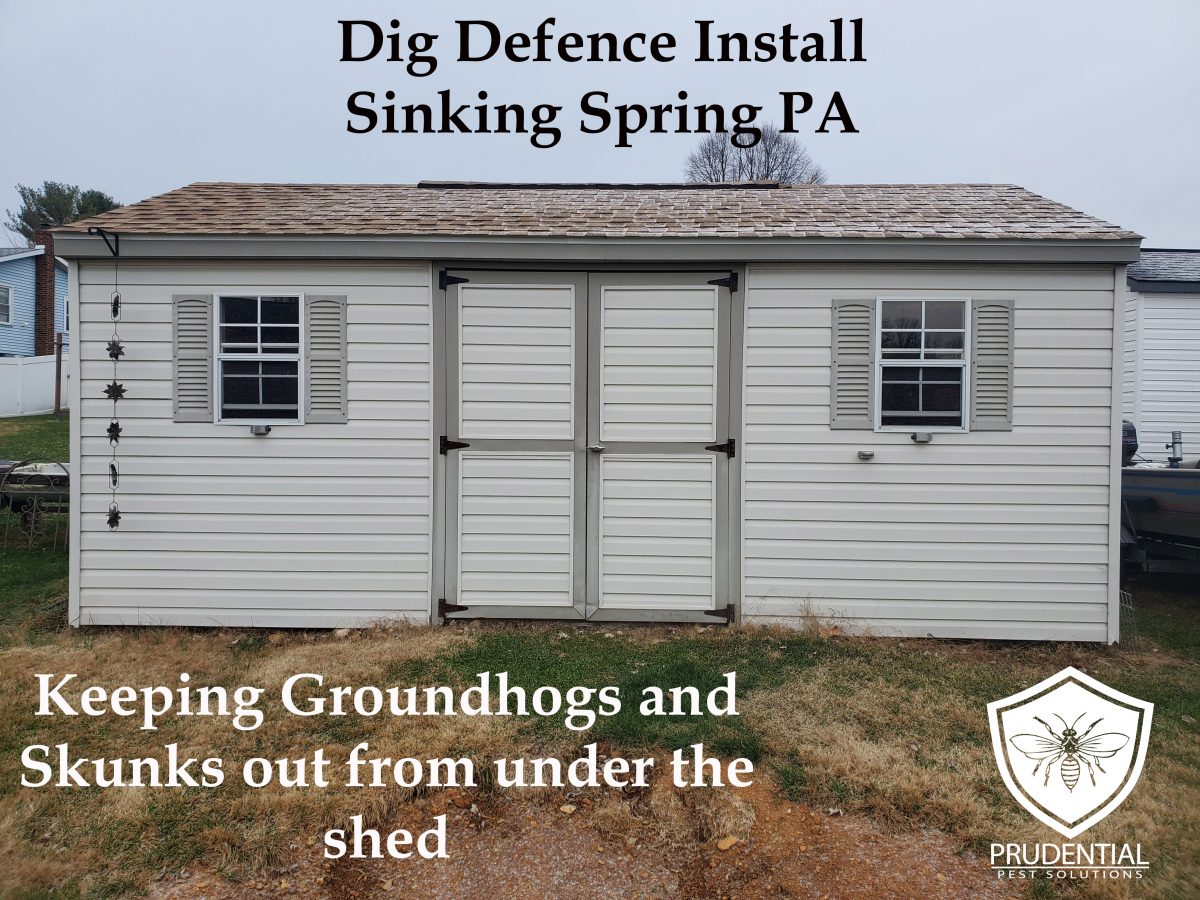
Dig Defence Installation Sinking Spring PA
Our client in Sinking Spring PA was having groundhogs and skunks[…]
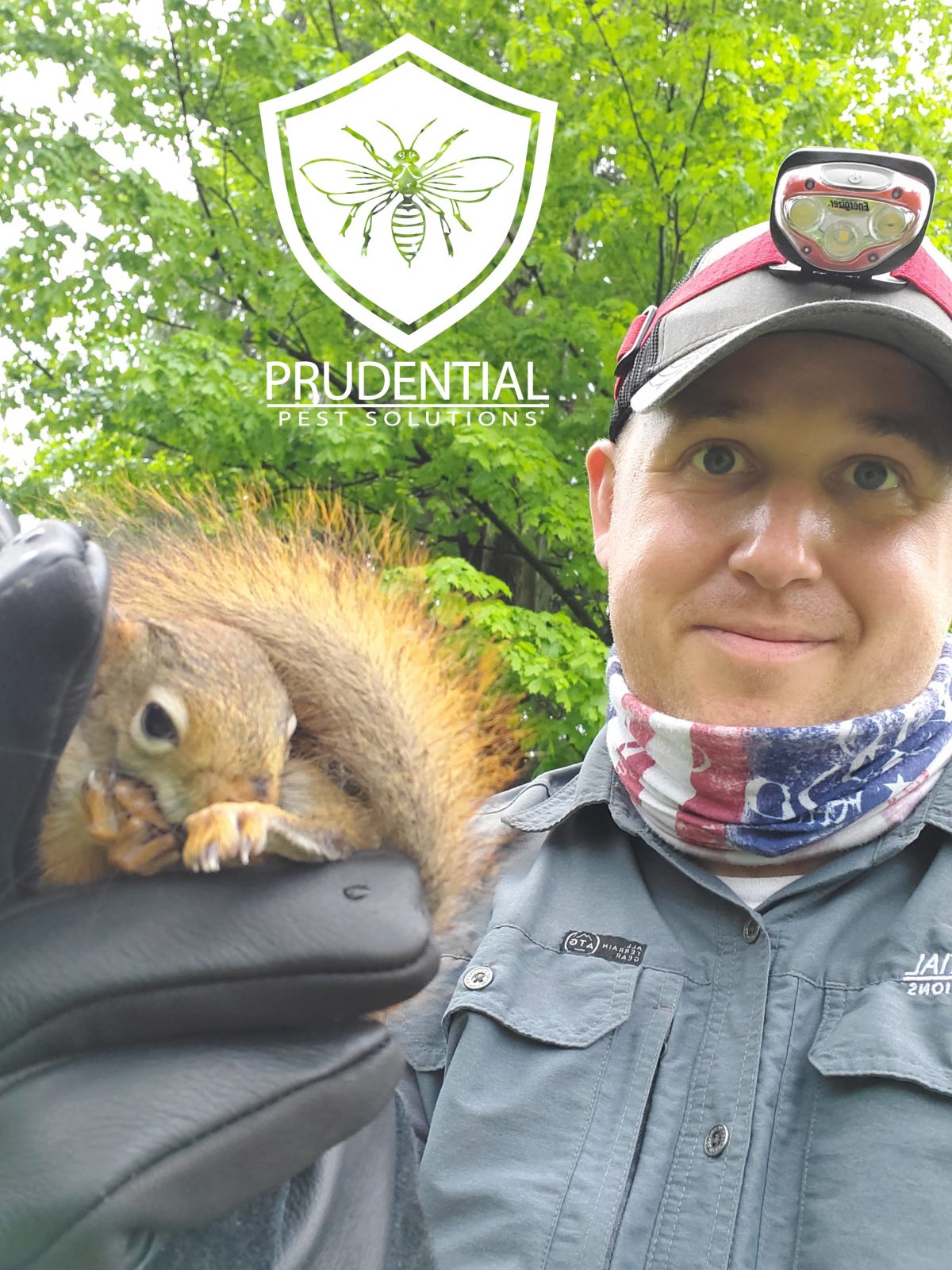
How to get squirrels out of your house
Squirrels, whether they are gray squirrels or flying squirrels LOVE to[…]
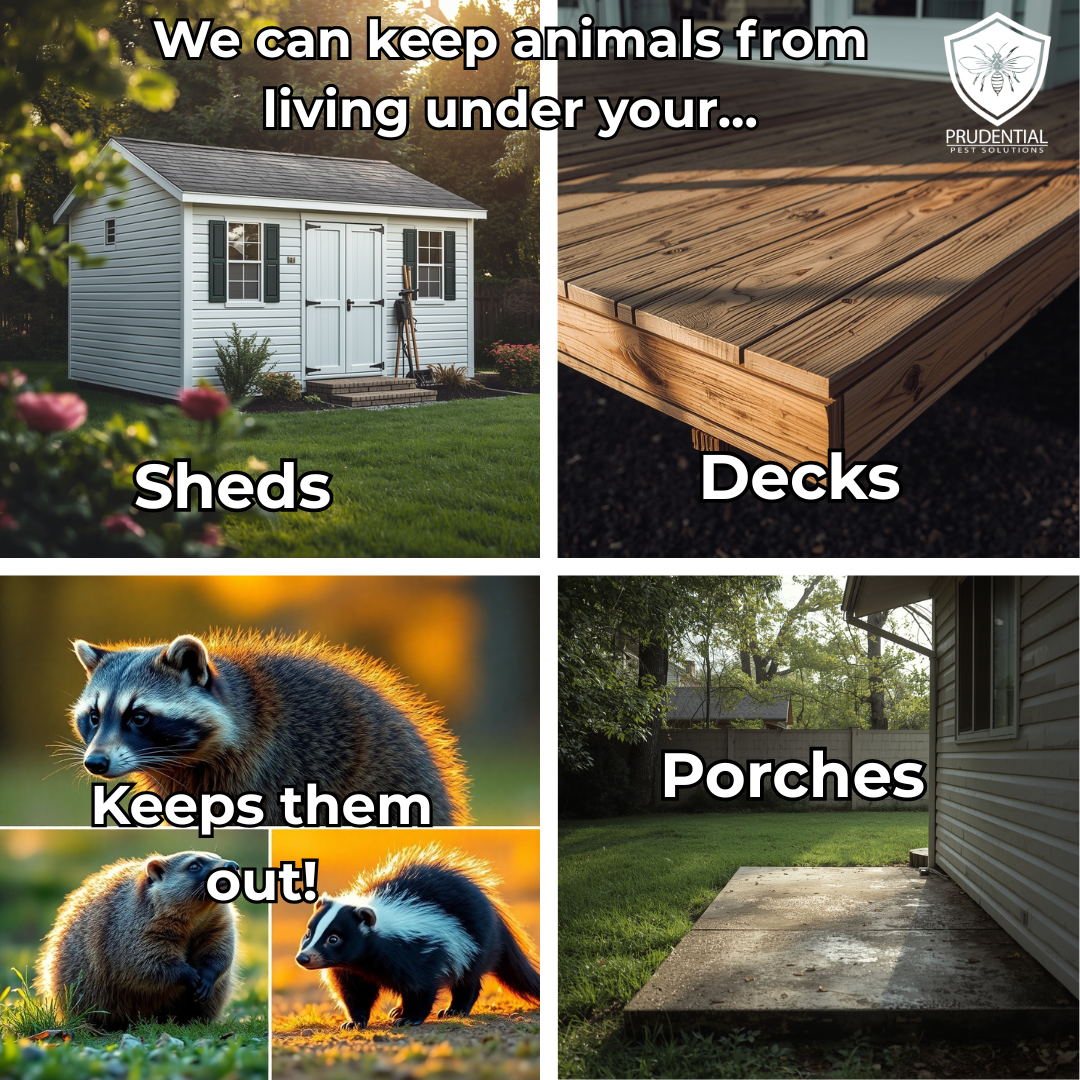
How to keep animals out from under your shed and deck
Animals such as rabbits, groundhogs, and skunks love to make their[…]
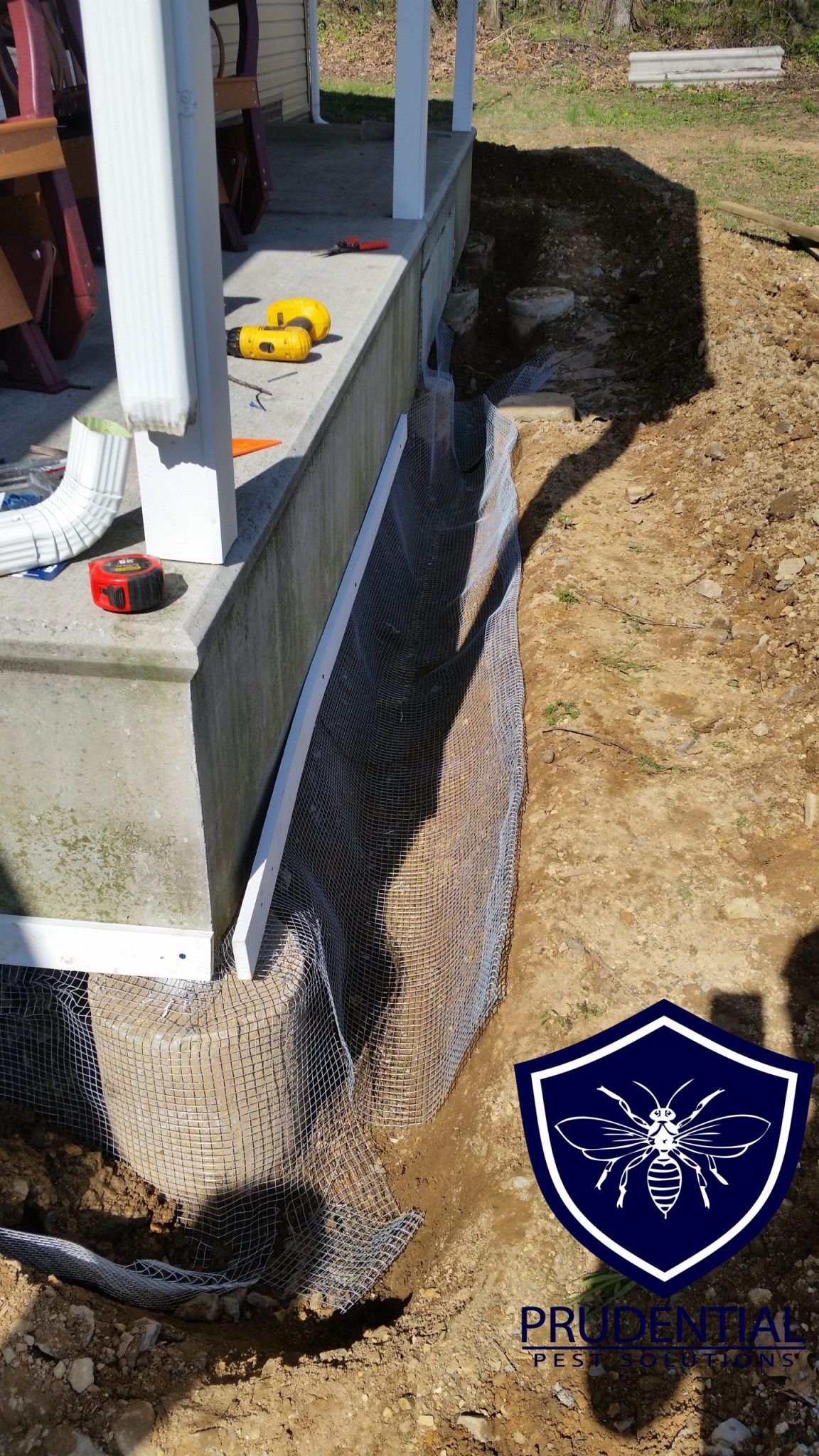
Keep Animals OUT from under your porch and shed
How to keep animals out from under your porch and shed.[…]
